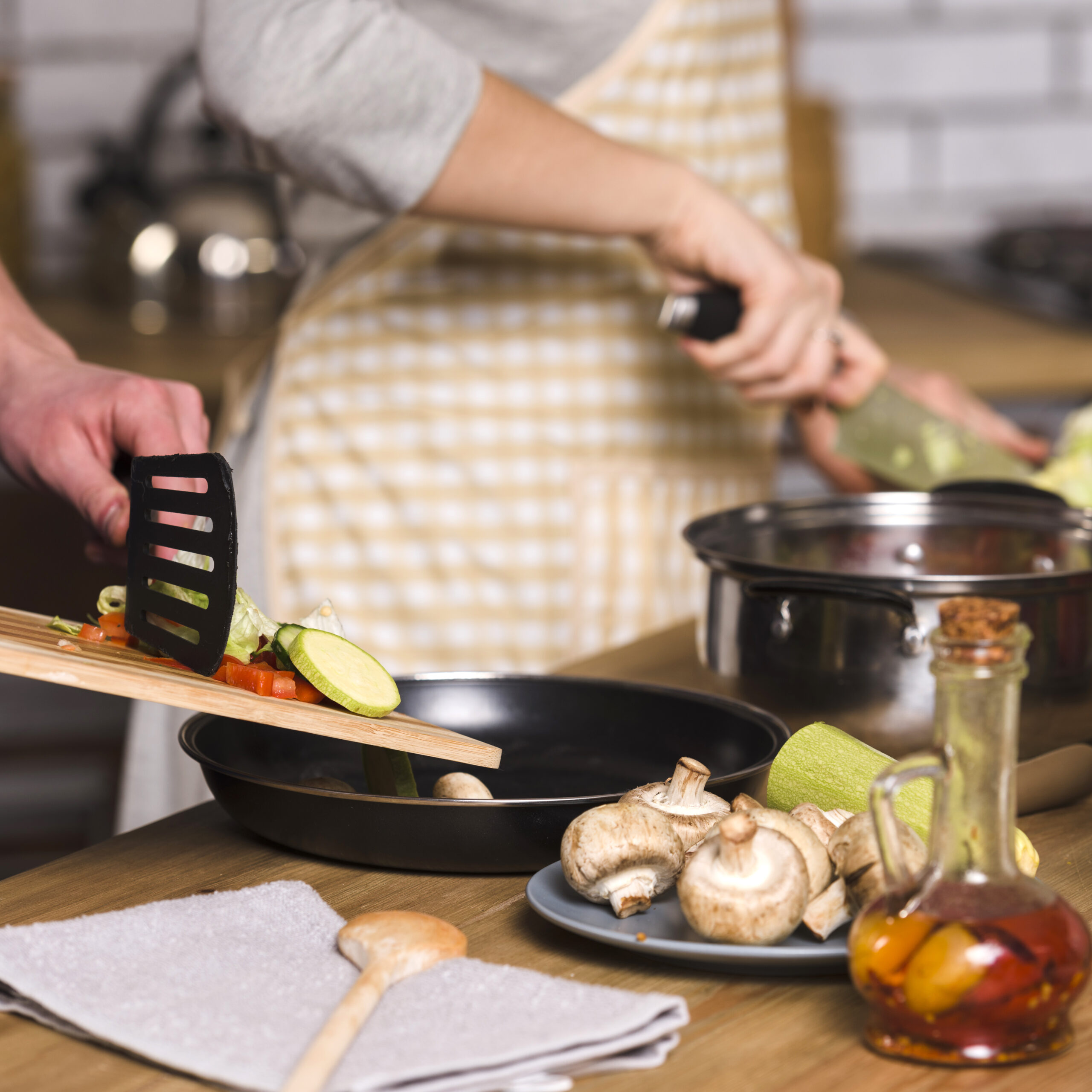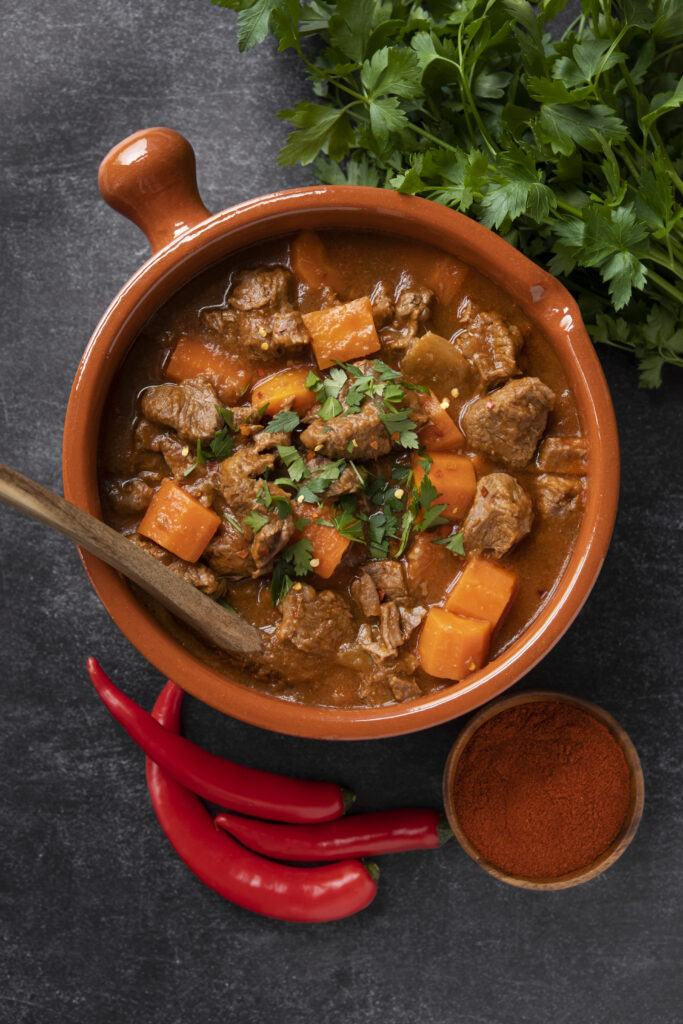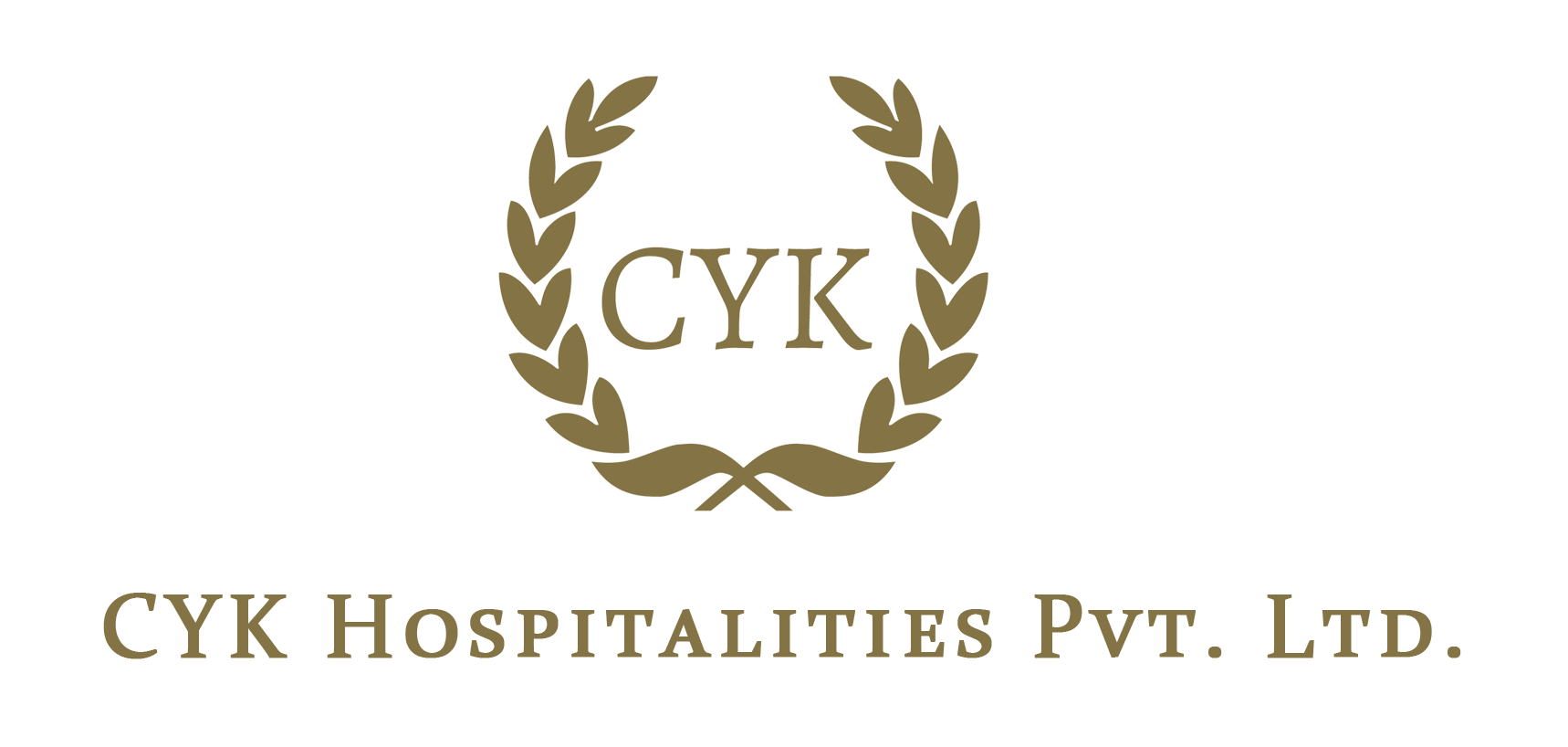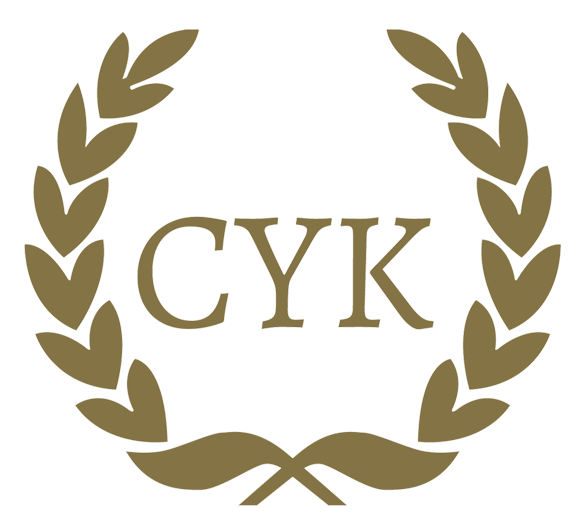
15 Jul Cooking techniques and how they affect food
Cooking is an art that goes beyond mere sustenance. It’s an opportunity to create culinary masterpieces, where different techniques wield their influence on ingredients, transforming them into delectable creations.
- Steaming:Steaming is a cooking method that involves using steam to cook food. It can have various effects on the texture of the food being cooked like, moisture retention, softening and tenderizing, minimal loss of nutrients, retaining colour and shape, control over doneness.
- Boiling: Boiling is a common cooking method that involves heating food in a liquid, typically water, until it reaches its boiling point. The process of boiling can have various effects on the texture of different types of food like, softening, breaking down protein, leaching nutrients, loss of moisture to soften the food.
- Poaching: Poaching is a gentle cooking method that involves submerging food in liquid, usually water or a flavoured liquid, and cooking it at a low temperature below the boiling point. This cooking technique can have several effects on the texture of food like, moisture retention, delicate and soften texture, subtle flavour infusion, caramelization, retaining shape and texture, limited reduction of cooking liquid.
- Stewing: Stewing is a cooking technique that involves slow cooking food in a liquid, usually in a covered pot or Dutch oven, at a low temperature over an extended period. Tenderizing, moisture retention, flavour infusion, melding of shapes are some of the ways stewing can affect food texture.

- Grilling: Grilling is a cooking method that involves applying direct heat, usually from a flame or hot coals, to food. This high-heat cooking technique can tenderize, caramelise, retain fat and juices, and imparts smoky aroma to the food.
- Deep frying: Deep frying involves submerging food in hot oil until it gets a crispy and crunchy texture, gives colour to the food, locks in moisture and flavours.
- Roasting: Roasting is a dry heat cooking method that involves cooking food in an oven or over an open flame. Roasting evaporates moisture to enhance the natural flavours, creates desirable texture, melts fat to release juices along with giving a crispy exterior.
- Sauteing: Sauteing is a quick cooking method that involves cooking food in a small amount of oil or fat over high heat. This high-heat, fast-cooking technique can have several effects on the texture of food like, browned texture, enhancing flavours and softening texture to the desired amount.
- Smoking: Smoking is a cooking technique that involves exposing food to smoke from burning wood or other sources, this infuses smoky flavour to the food, slowly tenderizing and increasing shelf life of food.
- Baking: Baking is a cooking method that involves cooking food using dry heat in an enclosed space, such as an oven. This method rises and expands food volume, soften and tenderize food by incorporating air and create a more palatable texture.



No Comments